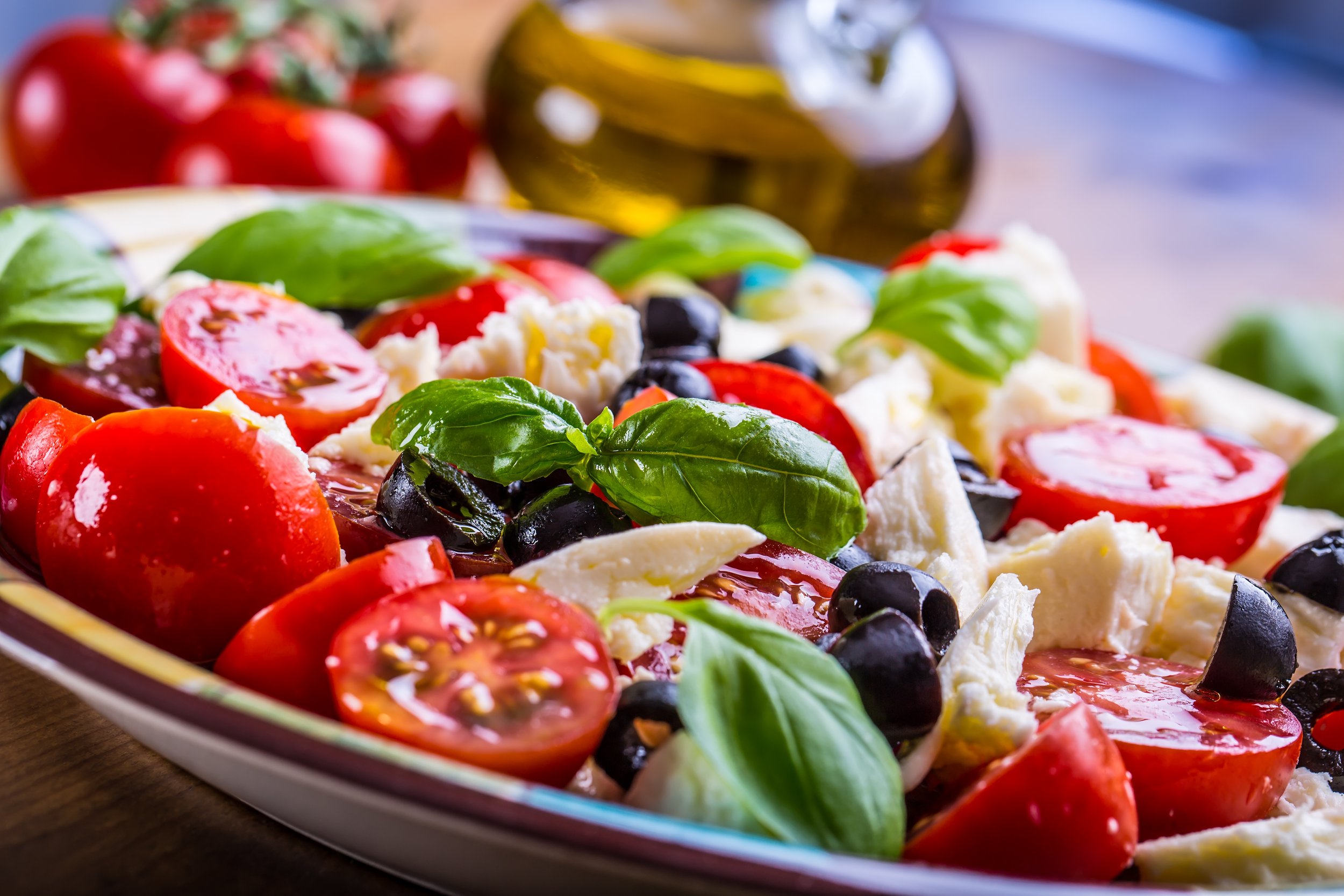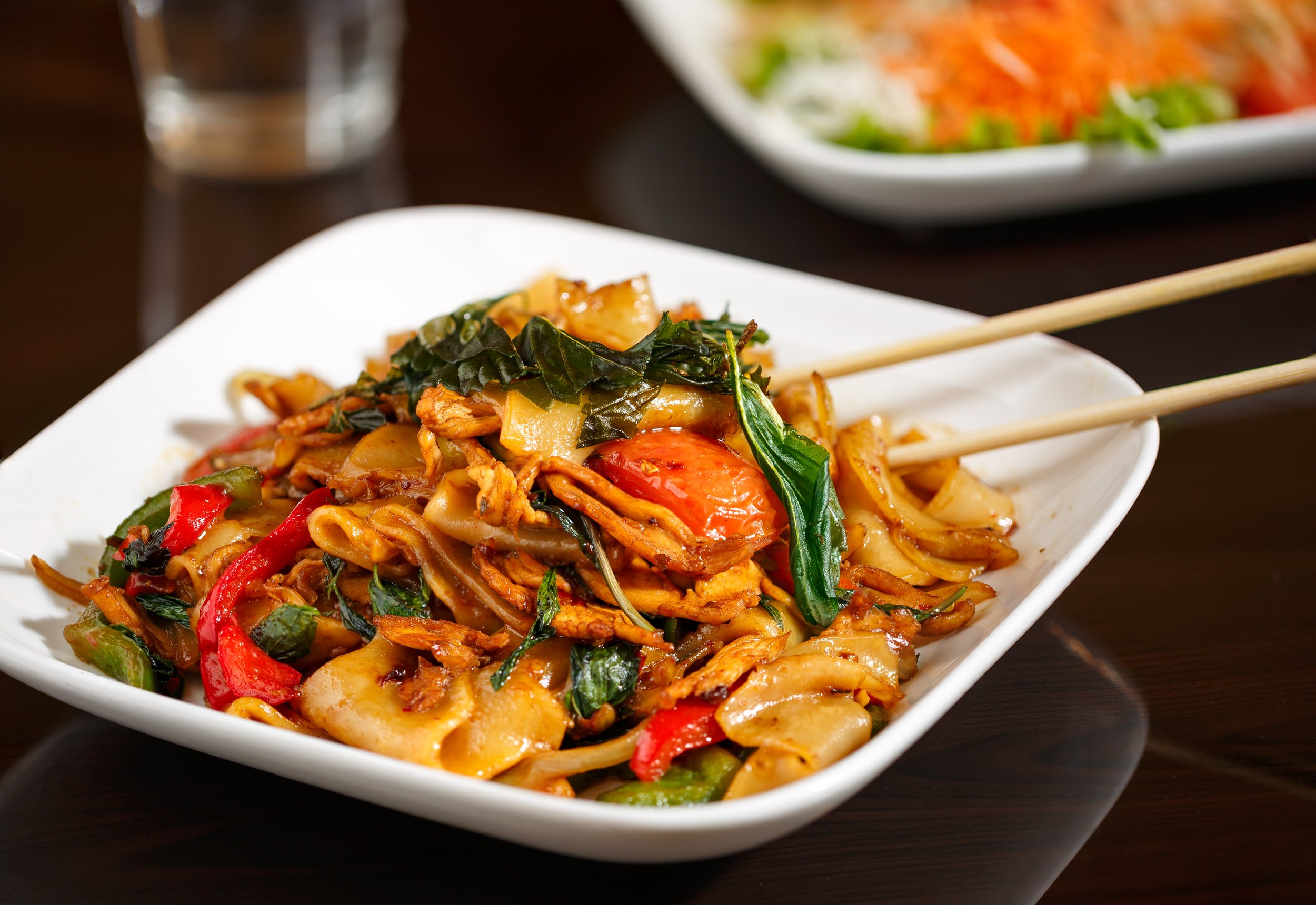Basil: The Underrated Kitchen Essential for City Dwellers
Why We Love Basil
Basil (Ocimum basilicum) is one of the most versatile and aromatic herbs you can grow, even in the smallest city spaces. Whether on a balcony, rooftop, or kitchen windowsill, this herb is easy to grow and adds bold, fresh flavor to countless dishes.
Beyond its delicious taste, basil is also a powerhouse of nutrition, packed with essential vitamins, minerals, and powerful antioxidants that support overall health.
Let’s explore what makes basil so healthy, how it’s enjoyed across different cultures, and two deliciously nutritious recipes that highlight this incredible herb!
Nutritional Breakdown: Why Basil is So Good for You
There are many varieties of basil, and the nutritional value can vary depending on factors such as leaf color and oil composition. The values are based on 2 tablespoons, which is approximately 5.3 grams of basil. While most of the nutrients are present in trace amounts, with the exception of vitamin K, there are additional benefits essential for optimal health listed below. While basil is often used in small amounts, it is packed with nutrients and potent plant compounds that offer considerable health benefits.
Key Nutrients:
Vitamin K (22 mcg – 24% DV) – Supports blood clotting and bone health.
Vitamin A (14 mcg – 2% DV) – Helps maintain healthy vision and immune function.
Magnesium (3 mg – .75% DV) – Supports muscle and nerve function.
Beta carotene (81.7 mcg ) – Protect against free radical damage and i
Lutein & Zeaxanthin (147 mcg) – Protect against free radical damage and inflammation.
Why Is Basil So Healthy?
Rich in antioxidants – Helps fight oxidative stress and inflammation.
Supports digestion – Basil has antibacterial properties that promote gut health.
Boosts immunity – Contains antimicrobial compounds that help fight infections.
Reduces stress – Basil is part of the adaptogen family, which helps the body manage stress.
How Basil is Enjoyed Around the World
Basil is one of the most globally loved herbs, adding freshness, aroma, and depth of flavor to countless cuisines. Here’s how different cultures use basil in their traditional dishes:
Italy: The King of Pesto & Pasta
Italian cuisine is almost synonymous with basil—from classic pesto Genovese to fresh basil leaves on Margherita pizza and Caprese salad.
Thailand: The Key to Thai Stir-Fries
Thai basil (Ocimum basilicum var. thyrsiflora) has a spicier, anise-like flavor and is used in dishes like Pad Krapow (Thai basil stir-fry) and spicy curries.
India: Basil as a Healing Herb
Holy basil (Tulsi) is used in Ayurvedic medicine for its stress-relieving and immune-boosting properties. Fresh basil is also used in chutneys and herbal teas.
Mediterranean & Middle Eastern Cuisine
Basil is a key ingredient in Mediterranean salads, tabbouleh, and fresh dips. It pairs well with olive oil, lemon, and garlic, enhancing flavors in dips like hummus.
📸 (Insert a photo of freshly made pesto in a mortar and pestle with a drizzle of olive oil.)
Now that we’ve briefly explored basil’s nutritional and cultural significance let’s bring it into our kitchens with two easy and delicious recipes!
Authentic Pesto Genovese (Basil Pesto)
This authentic Italian pesto is made with heart-healthy nuts and olive oil, perfect for tossing with pasta, spreading on warm bread, or drizzling over roasted vegetables.
Ingredients:
4 tablespoons pine nuts
1 teaspoon sea salt
2 cloves garlic, peeled and quartered
4 packed cups sweet Italian basil, leaves picked, thick stems removed
½ cup good quality extra virgin olive oil, add as needed if consistency is too thick
½ cup Parmigiano-Reggiano, (Parmesan cheese), grated
¼ cup Pecorino Romano, grated
instructions:
Combine all ingredients in a food processor or blender and blend until coarsely combined or smooth, depending on preference.
I like to add the pine nuts last so I can control how course I want the pesto. I generally prefer smooth pesto, but chunky/more coarse is great too. Stop 3-4 times to scrape sides with a spatula.
Transfer to a small glass bowl with a lid or canning jar. Top with 1/2 inch olive oil and chill. The olive oil on top prevents browning of basil when it stays stored in the fridge.
Enjoy with pasta, on sandwiches, or as a dip!
Notes:
Instruction Tip: A trick to avoid the risk of the heat produced by the food processor spoiling the pesto flavor is to put the removable parts of the processor or the blender in the freezer for 20 minutes before using it.
Also, to reduce the amount of time the leaves are in contact with the blades (causing browning and spoiling flavor), put all your ingredients in the food processor at once using the maximum speed; if you work fast, you’ll get a great pesto.
It’s helpful to stop the processor three or four times to scrape the pesto from the sides with a spatula.
🔹 Nutritional Highlights: High in healthy fats, antioxidants, and vitamins, making it a heart-friendly and nutrient-dense sauce!
Basil & Berry Infused Water for Hydration & Detox
This refreshing drink is hydrating, antioxidant-rich, and a great alternative to sugary beverages!
Ingredients:
4–5 fresh basil leaves
½ cup of your favorite mixed berries
1 lemon, sliced
4 cups filtered water
Ice cubes (optional)
Directions:
Muddle the basil – In a large pitcher, gently crush basil leaves to release their flavor.
Add the berries & lemon – Drop in sliced fruit.
Pour in water – Fill the pitcher with filtered water and stir.
Let it infuse – Refrigerate for at least 2 hours for the best flavor.
Serve chilled – Pour over ice and enjoy a refreshing, detoxifying drink!
🔹 Nutritional Highlights: Basil adds natural antioxidants, while berries provide vitamin C and fiber for a healthy metabolism and glowing skin.
Basil is More Than Just a Tasty Herb
Basil is not just for cooking—it’s a nutritional powerhouse packed with antioxidants, vitamins, and health benefits. Whether you’re making a quick pesto, adding it to your meals, or sipping on basil-infused water, this herb is a game-changer for flavor and well-being.
We’d love to hear how you use basil in your cooking! Share your favorite basil recipes with us on social media and tag us—we might feature them in our next post!
Stay Connected!
Subscribe to our newsletter for more growing tips, recipes, and urban gardening inspiration!
With love & gratitude,
Jennifer & Janet
Sources:
https://www.everydayhealth.com/diet-nutrition/diet/basil-what-it-does-your-body-different-types-enjoy-more/
https://www.healthline.com/nutrition/basil#nutrition
https://www.medicalnewstoday.com/articles/266425#nutrition








